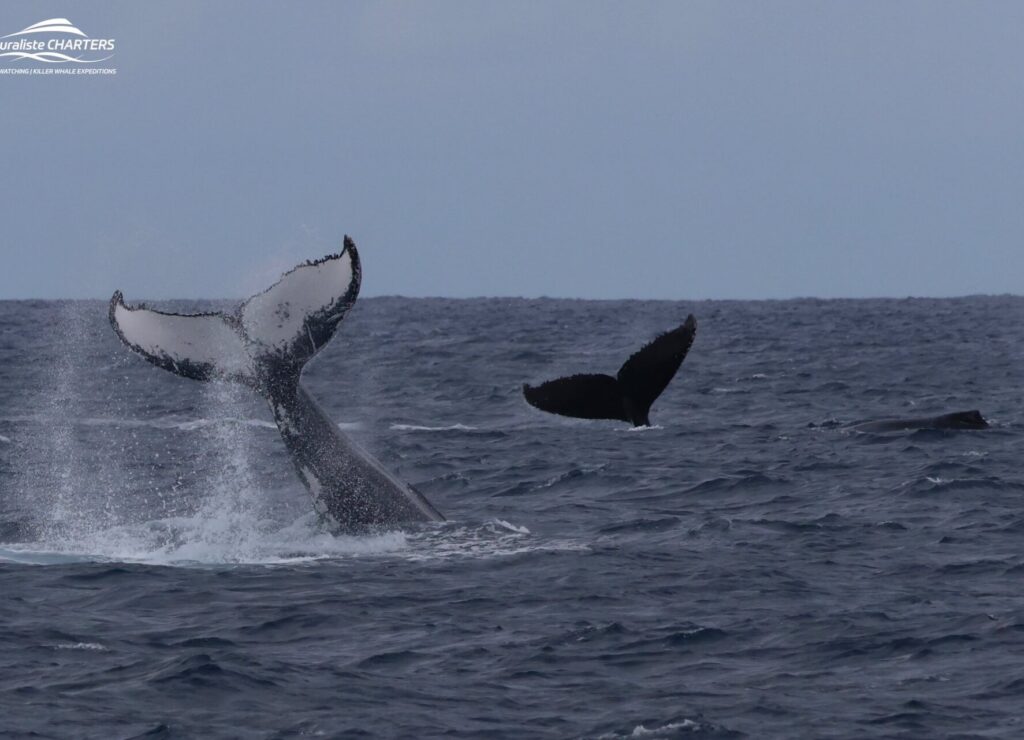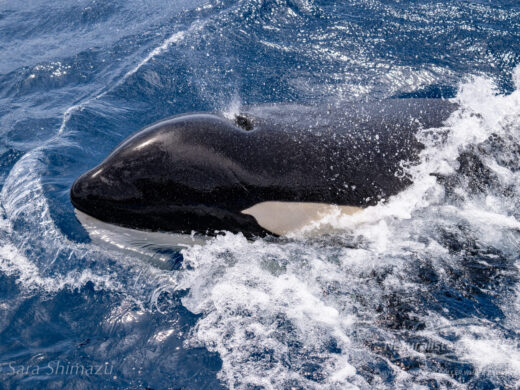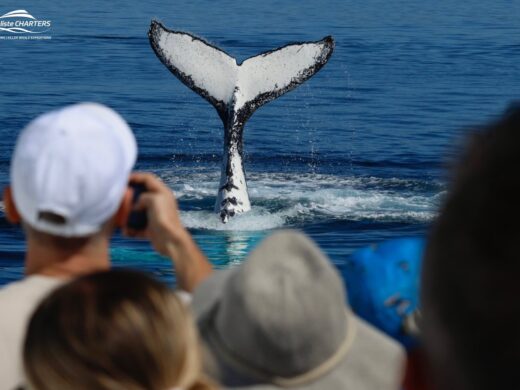Everything You Need to Know About Orca (Killer Whales) In Australia
What Time Do Orca (Killer Whales) Wake Up?
Orcas don’t have a standard wake-up time as their sleep patterns differ from land mammals.
They are uni-hemispheric sleepers, which means one side of their brain rests while the other remains alert.
This unique trait allows them to stay active and aware throughout the day and night.
What Are the Chances of Seeing Orca (Killer Whales) on a Tour?
From mid-December to April, Bremer Bay is one of the best places to witness killer whales.
With a 90%+ success rate, your chances of spotting orcas are excellent on a Naturaliste Charters tour.
On the rare occasion that no orcas are sighted, we offer a free revisit to ensure you don’t miss out.
Is Killer Whale Watching Worth It in the Rain?
Definitely! Orcas are active no matter the weather, and rain can create a dramatic and memorable backdrop for your tour.
Dress in waterproof clothing to stay comfortable, and enjoy the show!
What Is the Bremer Marine Park?
Bremer Bay is part of the Australian Whale Sanctuary, specifically within the Bremer Marine Park.
This protected area offers a haven for whales, dolphins, and other marine life while supporting activities such as whale watching, snorkelling, and sustainable fishing.
What Is the Best Month for Orca Watching in Bremer Bay?
The peak season for orca watching in Bremer Bay is December through April.
During this time, orcas gather in the Bremer Canyon, a nutrient-rich marine hotspot teeming with marine life.
Where Do Killer Whales Go in Winter?
Unlike humpback whales, killer whales don’t follow a strict migratory route.
Their movements depend on prey availability.
Some populations, like those in Bremer Bay, stay in specific regions year-round, while others may travel long distances to find food.
Where Is the Best Place to See Killer Whales in WA?
Bremer Bay, about five hours southeast of Perth, is the premier location to see killer whales in Western Australia.
Its unique marine ecosystem attracts a variety of wildlife, making it an unforgettable destination for nature enthusiasts.
What Is the Best Time of Day for Orca Watching?
Orcas are active throughout the day, but early morning tours often provide the calmest seas and ideal light for spotting these magnificent animals.
Will I Get Wet on an Orca Watching Tour?
There’s always a chance you’ll get wet from splashes or weather conditions.
However, our catamaran, The Alison Maree, offers covered seating areas to keep you dry.
Complimentary hot drinks, including coffee, tea, and Milo, are available throughout the trip to keep you warm and comfortable.
Do Killer Whales Fully Sleep?
No, killer whales never fully sleep.
They rest one half of their brain at a time, allowing them to breathe and stay aware of their environment while resting.
Where Do Orcas Rest?
When resting, orcas typically stay near the surface of the water, moving slowly and surfacing periodically for air.
This behaviour helps them remain semi-alert to their surroundings.
How Many Killer Whales Live in Australian Waters?
Exact numbers are unknown, but orcas are widely distributed throughout Australian waters.
The Bremer Bay population is one of the most studied, offering unparalleled opportunities for observation during the summer months.
Are Killer Whales the Most Common Whale in Australia?
While humpback whales are the most common, killer whales are the stars of Bremer Bay.
Known for their intelligence, hunting techniques, and striking appearance, they captivate visitors during the summer season.
How Fast Can Killer Whales Swim?
Killer whales are incredibly powerful swimmers, capable of reaching speeds of up to 56 km/h.
Their agility and speed are crucial for hunting and travelling vast distances. apex predators, killer whales have no natural predators.
However, human activities like pollution, habitat destruction, and fishing net entanglements pose significant threats to their populations.
What Do Orcas Eat?
Orcas have a varied diet that includes fish, squid, seals, and even other whales.
Their hunting strategies are highly sophisticated and often involve teamwork, highlighting their intelligence and social nature.
Summary
Bremer Bay is the ultimate destination for killer whale watching in Australia.
With peak viewing from December to April, join Naturaliste Charters for an unforgettable adventure into the heart of orca territory.
From breathtaking wildlife encounters to fascinating onboard insights, our tours offer a unique opportunity to witness these incredible apex predators in action.
To learn more or to book your Killer Whale Expedition.
Visit our website or follow our Facebook page for updates on sightings and tours.



